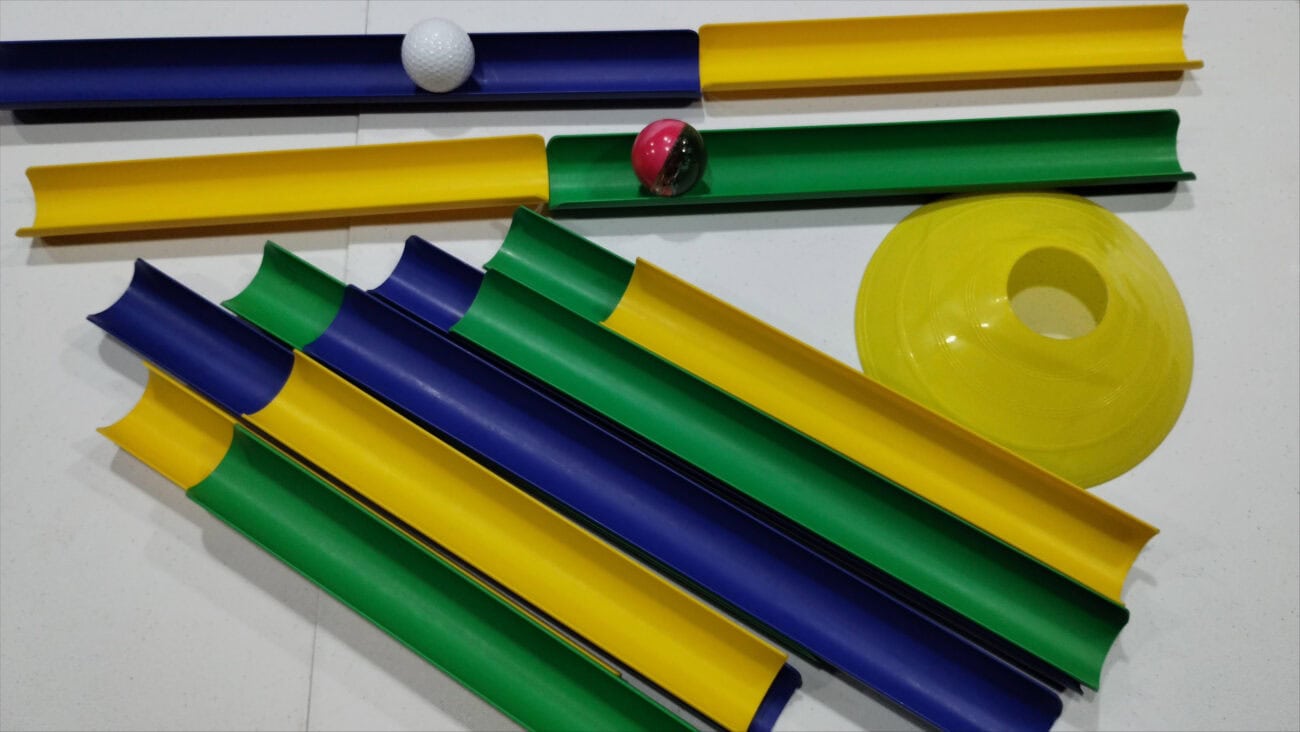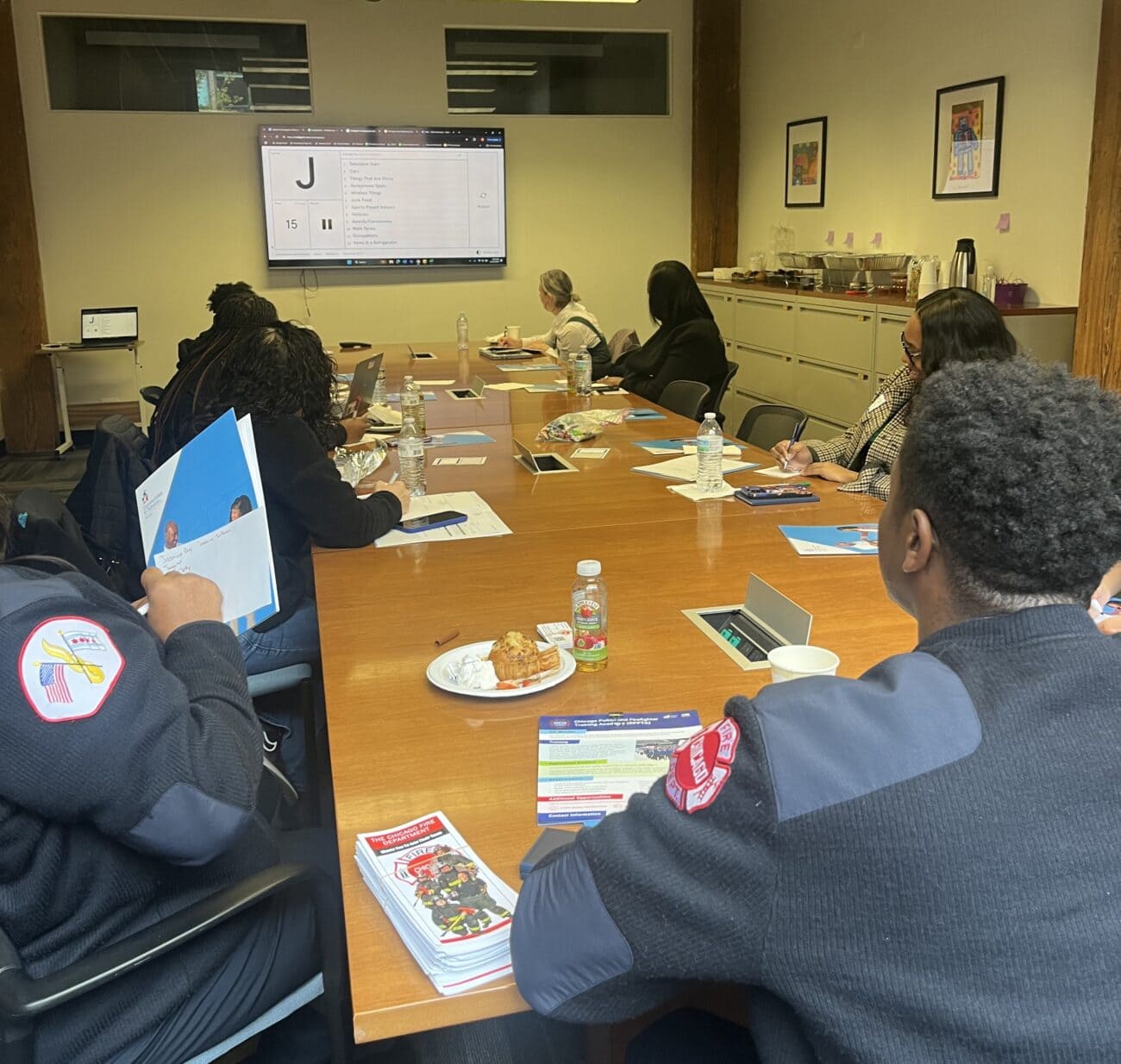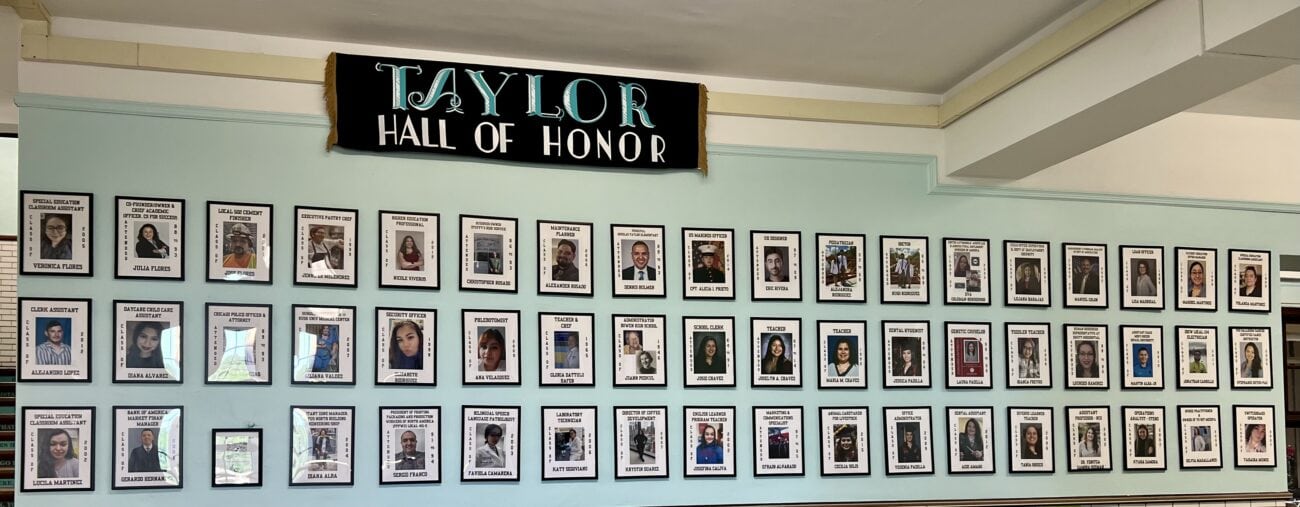Chicago students returned to the classroom full-time this fall, and so did CIS’s school-based team. CIS of Chicago Student Supports Managers are back in the building – four days a week – providing tailored supports to students who are off track in their attendance, behavior, and grades.
There are aspects of the new school environment that bring hope and even a sense of normalcy. Students are building community with their peers and teachers. They are accessing resources and services available in the school setting. And they are learning, not behind a computer screen. School staff in many ways are returning to the classroom with stronger ties to parents and families, which ultimately serves students’ needs.
There are also areas that bring concern – signs that students are still unpacking 18 months of stress and trauma. We asked one CIS Student Supports Manager, Chavara Turner, what her experience has been like back at school and what behaviors she is noticing.
Chavara shared her perspective from her work at Clay Elementary School on Chicago’s Far South Side.

Students are readjusting to the structure of the school day.
Students who were in sixth grade when the pandemic began have returned to school full-time as eighth graders. Kindergarteners have returned as second graders. Those are periods of major development for young people, Chavara said.
Students missed out on a year and a half of in-person learning, and as a result, many are struggling with structured aspects of their day, like sitting in their seats during instruction and standing in a line on the way to the cafeteria.
Chavara is working with students this fall on learning to manage their impulses and adjust back to classroom norms. For some students, she provides fidget spinners. For others, she has conversations with their teachers on ways to reinforce structure. Consistency is key, Chavara said.
Students are relearning how to socialize with their peers.
Students were isolated during lock-down, their interactions often limited to members of their household. Now that they are back in school, they have to navigate a barrage of interactions with their peers, teachers, coaches, and more. At Chavara’s school, enrollment went up this fall with 40 students transferring in. This has added another layer to student interaction.
Students who have been at Clay for many years are adjusting to new students in their classroom. New students are adjusting to the school environment at Clay. These factors have affected student behavior, Chavara said, with some fights turning physical. Spats on social media have occasionally seeped over to the school building.
Chavara is supporting students as they relearn skills around developing healthy relationships and using positive communication. She is pushing into classrooms to role-play scenarios for students so that they can visualize ways to react and develop solutions.
When Chavara visits a classroom, she asks for a student to volunteer an issue they are faced with, and then they explore the issue deeper through role-playing. This helps Chavara not only give the teachers a break from instructing. It also helps her build trust with her students and create a safe space for them to share their authentic experiences.
Students need mental and emotional support.
Many students are carrying an invisible weight of trauma. For some students, traumatic events occurred during or because of the pandemic. For some, their trauma was exacerbated by the pandemic.
Chavara is working with her colleagues at Clay to identify students who could benefit from trauma-informed care and to provide tailored, one-on-one support to these students. Mental health needs are high, Chavara said, so adults in the school building are working together to make sure that students and families have the resources they need.
Other students at Clay, particularly younger ones, need emotional support from Chavara. They are having a hard time this fall on being separated from their families.
For example, one teacher reached out to Chavara because a student was asking to go to the bathroom multiple times and was complaining about nausea. Chavara asked the student about her breakfast routine and encouraged her to drink apple juice instead of milk in the mornings. When the nausea kept occurring, Chavara realized that the student was anxious about being back at school, separated from her mom.
She is working with the student, one-on-one, to discuss strategies she can use when she has anxious feelings. One solution Chavara discovered was having the student’s mom walk her to the school building every morning. This helps ease the student’s anxiety.
This is Chavara’s fourth year at Clay, and one of her goals this year is finding ways to make school fun, she said. If students can find enjoyment back in the classroom, their learning will follow. Perhaps more importantly, if they view school as a safe, comfortable space, they can receive more holistic supports that address their social, emotional, and mental wellness and help them stay on the path to graduation.




